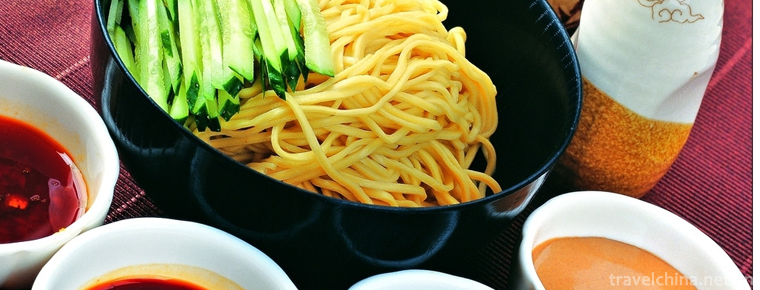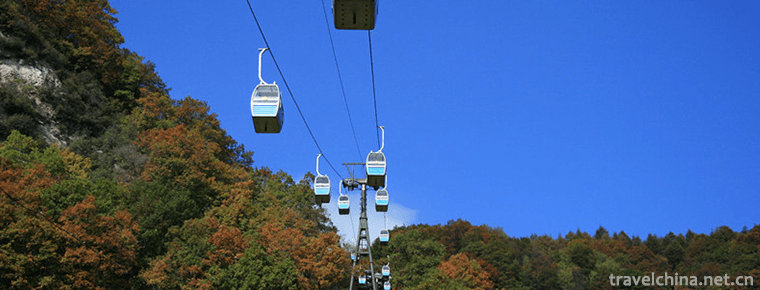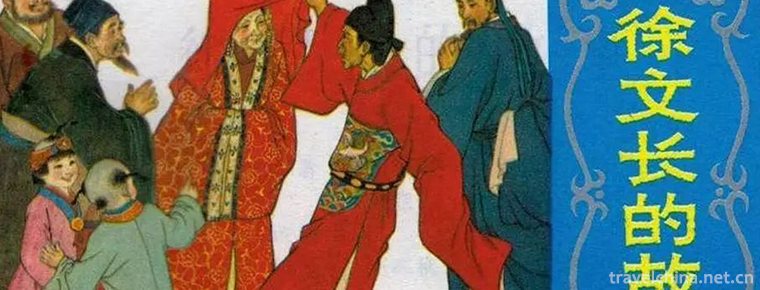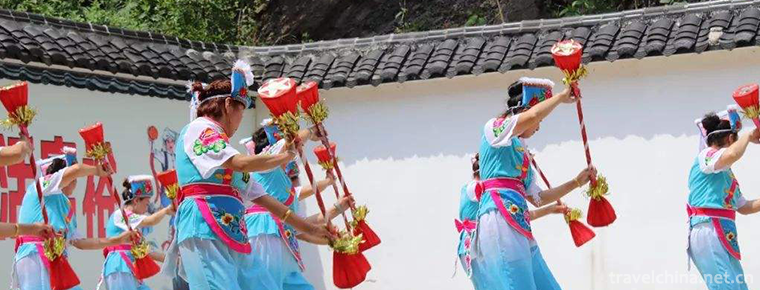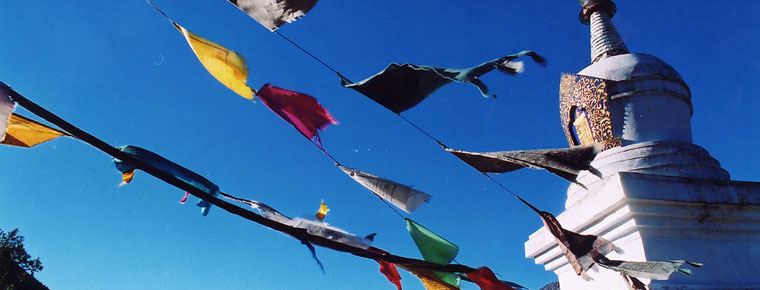Mongolian Matouqin Music
Mongolian Matouqin Music
Horsehead Qin is a typical representative of Mongolian music culture. Whether it is its shape, production material, sound quality, timbre, music expression style and performance method, it embodies the connotation of Mongolian personality, fully reflects the historical form of Mongolian nomadic life, and expresses Mongolian thinking and understanding of natural cosmos philosophy.
May 20, 2006 was listed in the first batch of national intangible cultural heritage list.
historical origin
The Mongolian horsehead piano has a long history. During the formation of the Mongolian nationality, the Horsehead piano already existed. In the long-term development of history, Horsehead Qin has formed different schools with distinct regional color, which are closely related to the internal and external convergence and separation of Mongolian and historical changes. It can be said that the Horsehead Qin accompanies the Mongolian people from the grassland and the historical distance, which carries rich historical and cultural information.
artistic characteristics
Horsehead piano not only plays on some formal and grand occasions, but also appears in folk wedding ceremonies, family and friends gatherings and other daily activities. It can be used as accompaniment to songs, as well as solo repertoire. The horsehead piano has a profound social and folk tradition foundation, and plays the social functions of disseminating culture, cultivating sentiment, changing customs and customs.
Representative works
The traditional repertoire of Ma Tou Qin evolves from folk songs, which can be divided into five categories: 1. Native folk songs, such as "Zhu Se Love" and "Ba Ya Ling"; 2. Heroic epic melodies, such as "Running Horse Tune" and "Battle Tune"; 3. Horse pace, that is, the melody expressing the image of horses; 4. Qin melodies developed from folk songs, such as "Lotus Flower" and "Modley"; 5. Ancient Han melodies, such as "Pu'an Mantra" 》 Liu Qingniang, etc.
Inheritance significance
Horsehead Qin is highly respected in Mongolian culture and has become a very important manifestation of Mongolian culture. In recent decades, the development of horsehead piano has encountered serious difficulties. There are four traditional schools of horsehead piano in history, each of which has its own traditional repertoire. But up to now, the inheritance of horsehead piano is becoming scarce, and the loss of repertoire is serious, so it is urgent to protect it.

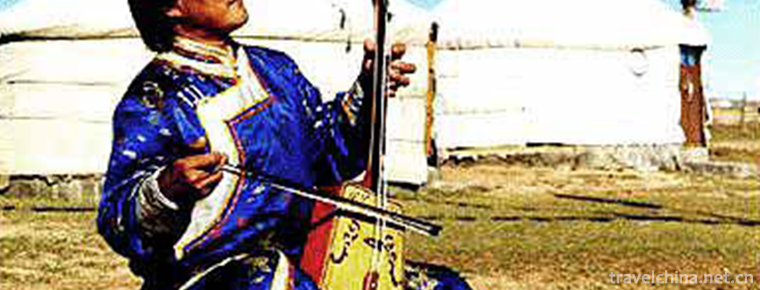
-
Cold Noodles with Sesame Sauce
Cold Noodles with Sesame Sauce are also called cold noodles.
Views: 133 Time 2018-10-12 -
Noodles with Soy Bean PasteBeijing Style
Old Beijing fried noodles, a traditional Chinese pasta, made from dishes, fried sauce mixed noodles, popular in Beijing, Hebei, Tianjin and other places..
Views: 230 Time 2018-10-27 -
Wuyuezhai Scenic Area
Wuyuezhai Scenic Area, National Forest Park, AAAAAA Tourist Area, is located in the eastern foot of Taihang Mountain, located in the northwest of Lingshou County, Hebei Province.
Views: 165 Time 2018-12-22 -
Zhao tomb in Qing Dynasty
Zhaoling Tomb of Qing Dynasty, the mausoleum of Taizong Emperor Taiji, the founding monarch of the second generation of Qing Dynasty, is located in the ancient city of Shenyang (Shengjing).
Views: 172 Time 2018-12-26 -
Nanwan Lake Scenic Area
Nanwan Lake, also known as Nanhu Lake, is located in Xinyang City, Henan Province. It is known as the "Pearl of South Henan" and is a famous natural scenic spot of Nanwan Lake. All around th.
Views: 183 Time 2019-02-07 -
Yushui Ancient Hot Spring
Maoming Yushui Ancient Hot Spring, under the Yuyi Shishan Mountain, beside the ancient post road, hot springs are all over the place. The water is boiling all the time. Officials in counties and citie.
Views: 138 Time 2019-03-09 -
Black Tea Production Techniques
Black tea, originally known as "Border Tea", was smuggled across the border by merchants as early as the end of the 16th century. In the Ming Dynasty, black tea was designated as.
Views: 113 Time 2019-05-03 -
Nanxian Flower Drum
On May 20, 2006, the local flower drum of Nanxian County was listed in the first batch of national intangible cultural heritage list with the approval of the State Council..
Views: 116 Time 2019-06-07 -
Xu Wenchangs Story
The story of Xu Wenchang takes the history of the middle and late Ming Dynasty as the background. From the legend story of Xu Wenchang's youth, "Taking things from the pole", it has been tol.
Views: 135 Time 2019-07-09 -
Encouragement of Sangzhi Battle
Sangzhi Bai people's fighting drum is mainly distributed in seven Bai villages and towns, such as Mahekou, Maidiping, Furong Bridge, Hongjiaguan, Zoumaping, Linxi River and Liu Jiaping. In other half .
Views: 419 Time 2019-07-25 -
Tibetan lads are really popular
Who is Ding Zhen? He is a Tibetan Boy, 20 years old. On November 25, a tourism propaganda film "Ding Zhen's world" made him popular all over the country. Netizens once thought that his hometown was in Tibet, and the photographer could not help but clarify that Ding Zhen was from Litang County, Ganzi, Sichuan Province..
Views: 95 Time 2020-12-07 -
Population of Mianyang
By the end of 2018, the total number of households in Mianyang was 2 million 61 thousand and 800, and the registered residence population was 5 million 362 thousand. At the end of the year, there were 4.857 million permanent residents, with the urbanization.
Views: 110 Time 2020-12-14
